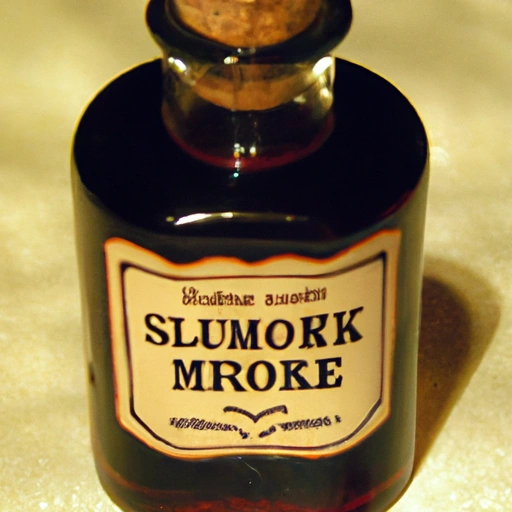Liquid Smoke
Description

Liquid smoke is a water-soluble yellow to red liquid used for flavoring. It's made by condensing the smoke from wood and is often used to simulate the flavor of traditional smoke curing. In recipes, the dosage of liquid smoke is typically measured in teaspoons (tsp) or tablespoons (tbsp) for American units, milliliters (mL) for European and other international recipes, and sometimes drops or dashes if a subtle hint is desired. It's important to use liquid smoke sparingly; a little goes a long way in imparting that sought-after smoky flavor.
Common uses
Liquid smoke is frequently used to imitate the flavor of smoked foods, in marinades, sauces, and as a seasoning. It's particularly popular in barbecue sauces and in vegetarian and vegan cooking, where it adds a depth of flavor to plant-based dishes that might otherwise lack the smoky taste of meat.
Nutritional value
Calories
Liquid smoke has a negligible amount of calories, making it an excellent choice for flavoring foods without adding significant caloric content.
Protein
It contains no protein.
Fat
Liquid smoke is free from fats.
Carbohydrates
There are no carbohydrates in liquid smoke.
Vitamins
Liquid smoke does not contain vitamins.
Minerals
There are no minerals present in liquid smoke.
Health benefits
Since liquid smoke is used in such small quantities, it does not contribute substantially to the nutritional profile of food. However, its use can help achieve a smoky flavor without the need for actual smoking, which can reduce exposure to potentially harmful compounds that are often associated with traditional smoking techniques.
Potential risks
The main concern with liquid smoke is the potential presence of polycyclic aromatic hydrocarbons (PAHs), which are compounds that can be formed during the smoking process and are known to be carcinogenic. However, commercial liquid smoke products are typically filtered to remove these compounds. As with any food additive, it should be used in moderation.
Common recipes
Liquid smoke is often used in barbecue sauces, marinades for meats, tofu, and tempeh, as well as in soups and stews that benefit from a smoky flavor.
Cooking methods
It can be added during the cooking process or applied as a finish to the dish, depending on the desired intensity of the smoke flavor.
Pairing with other ingredients
Liquid smoke pairs well with robust flavors such as beef, pork, and beans. It also enhances the savory notes in vegetarian dishes that include legumes, mushrooms, and eggplants.
Summary
Liquid smoke is a versatile and potent flavoring agent that imparts a smoky taste to food without actual smoking. Its use is prevalent across various cuisines and cooking techniques, making it a valuable condiment in the pantry of chefs and home cooks alike. Whether you're looking to add a touch of smoke to your barbecue sauce, or bring some depth to a vegetarian chili, liquid smoke offers a convenient and health-conscious solution.